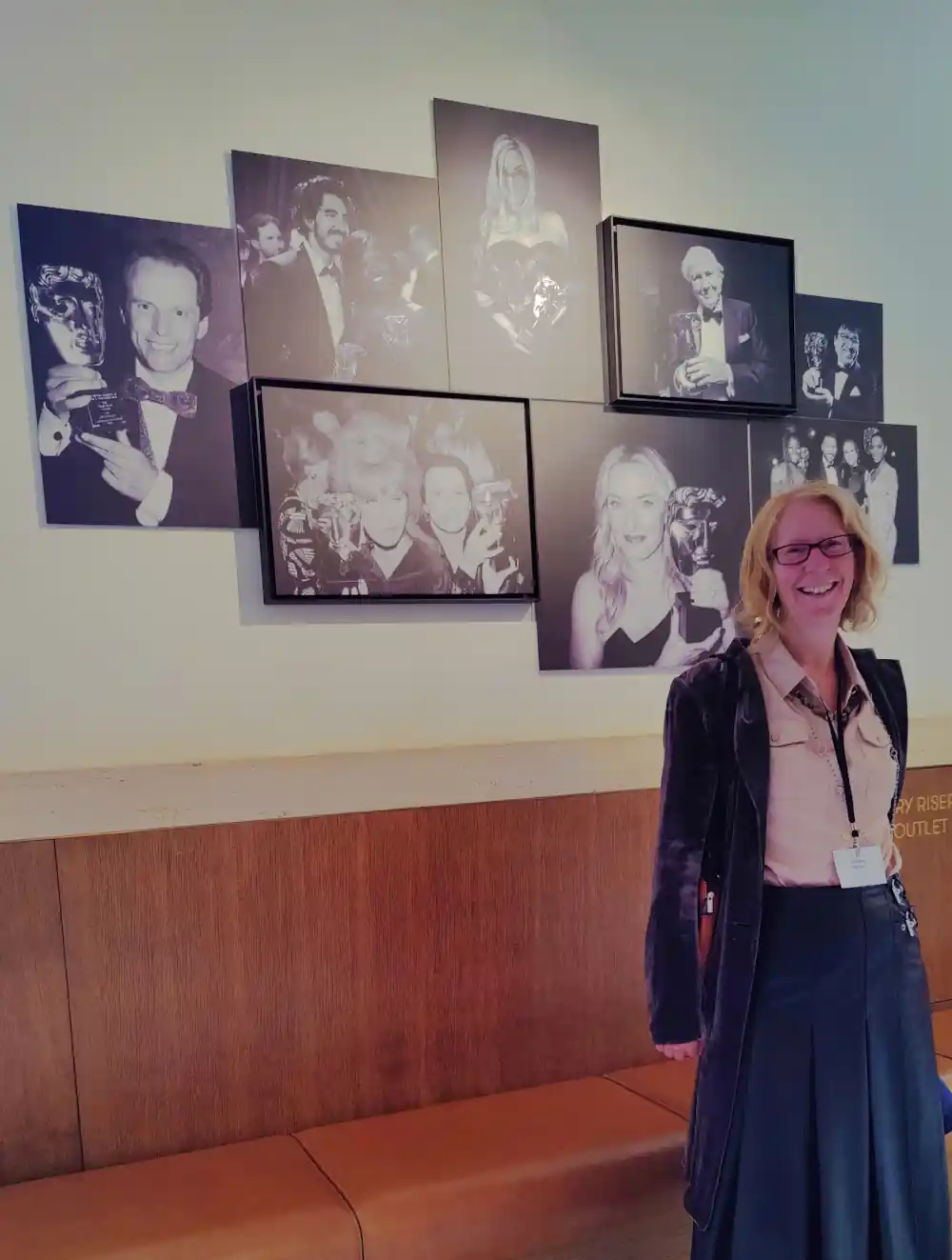Dorothy attended the Tackling Immersive Harms event at BAFTA last week. It was a day packed with informative talks on the challenges of the virtual reality, extended reality, mixed reality and augmented reality space which we call the Metaverse. We heard from many leaders in this area, from academia, industry and Interpol.
The Metaverse offers a wealth of benefits, from increased connectivity, social interaction, amazing creativity, economic opportunities and extended education such as hands on learning. It really is a truly amazing space!
Challenges
However, the challenges come from the 'real' world but are magnified in the virtual world, these are some of the topics that were discussed:
- Fraud / Theft
- Child exploitation / grooming
- Romance Fraud
- Virtual violence / bullying
- Deepfakes
- Disinformation
- Hacking
- Extortion
It's one thing to experience these activities on our little rectangular screens but it is something else to step into a world that can be so wholly controlled. Your senses are 'hijacked' and it is a much more emotional experience.
Wild West
Because these are emmerging technologies, policing these activities is challenging. There are few laws that can cover activities that occur in the Metaverse; they simply haven't been created yet. On top of this is the complexity of policing a space that is not restricted by juristiction; it is more like a Wild West of unpoliced Metaverse spaces. Victims can be in a completely different country to the one where the program was created and so can the perpetrator. What's more, it is very difficult to identify the perpetrator as they keep their identity hidden. With only 10% of UK police having any knowledge of the Metaverse, it is hard for them to understand the problem; "just take the headset off" really doesn't cut it.
Data collection
Then there is the issue of privacy. Not just the privacy of the user being able to conceal their identity but the privacy of the data that is generated just by using the headset.
To accurately deliver the virtual environment to a user, the headset needs to detect a users eye movement, head movement, arm movement and 'wing span' (how far your arms can reach). There is also a camera on the front to create a stereoscopic view of the user's surroundings.
There are currently no laws to restrict the use of this data and yet the biometric psychographics contain a worrying amount of information about an individual user which could be used for marketing or to use with nafarious manipulative intensions. By looking at a user's movements, their emotional state can be inferred. For example, pupil dilation, head movements, all the physical reactions can be interpreted, recorded and measured. The front facing camera also allows recording of the user's real environment and any 'bystanders' in the room.
Children
These potential harms are magnified ten fold when we consider that more that 51% of global users of the Metaverse are aged 13 or under. 1
Research into how children view the metaverse shows that children are much more resourceful than we think but it is sad to think of how threat savvy these younsters need to be.
The Metaverse may not be 'real' but the crimes committed are really harmful. As developers, we need to be cognisant of this and do what we can to safeguard users. One simple way of doing this is to educate the public so that they can protect themselves where necessary.
1 Bybit Learn / Metaversed consulting

